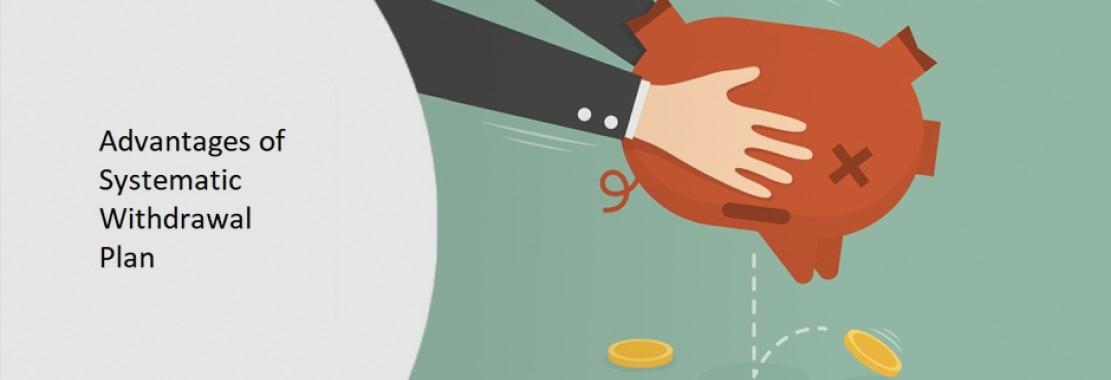How Does SWP Work in Mutual Funds?
First, you need to have money in a mutual fund. This could be a one-time payment or monthly payments made over time. You can choose how much and how often you want to take money out after you have that base. You can do it every month, every quarter, or as usually as you like.
Then the fund sells the right number of units and puts the money straight into your bank account. Of course, taxes are also a factor. When you withdraw money from a mutual fund, you have to pay capital gains tax on it. The amount of tax you pay depends on whether the profits are short-term or long-term and on the sort of mutual fund you have.
Types of SWP in Mutual Funds
There are many different types of systematic withdrawal plans; each works just a little differently from each of the others.
Set amount SWP:
You withdraw a set amount, after sometimes accounting for market performance, on a recurring basis. This gives you cash flow at agreed intervals, but softens any negative variance or performance from your initial account. If performance is very low, you will ultimately reduce the original investment value slowly over time.
Keep the Principal Untouched SWP:
This option allows you to only withdraw the returns while keeping the principal safe. This lets you protect your base investment. However, this number is dependent on the performance of the fund, which ultimately allows you to withdraw something or nothing.
Variable withdrawal SWP difference - SWPs retrieve money in the same fashion, but between options, the principal and withdrawal amount vary.
The withdrawal amount can depend on your current needs, as well as how well your fund is currently performing. This type of withdrawal option requires good management and less attention paid to both the withdrawal amount and the principal amount.
Who Should Opt for SWP in Mutual Funds?
SWPs are helpful for retirees who don't have a pension and need money on a regular basis. They also work for investors who have a lot of money and would rather make controlled withdrawals than cash out everything at once.
Unlike lump sum withdrawals, which are often subject to significant fluctuations in market value based on the date of withdrawal, a systematic withdrawal plan helps to spread out the risk and incorporates rupee cost averaging so that you don't have to stress about the correct time to sell or buy.
If you want to preserve your principal, systematic withdrawal plans allow you to withdraw smaller amounts of money, so that your investment as a whole can grow.
If you want to keep your principal, SWPs enable you to take out smaller amounts of money so that the rest of your investment can grow. This way, your money lasts longer and yet meets your necessities.
How to Start SWP in Mutual Funds?
It's easy to get started with an SWP. First, pick the correct mutual fund that fits your financial goals and how much risk you're willing to take. Then, choose how much and how often you want to take money out. You can use an SWP calculator to see if the withdrawals are sustainable.
The last thing you need to do is understand the taxes. You have to pay taxes on both short-term and long-term capital gains, but the rates are different. It's a good idea to talk to a tax professional since they can help you figure out the accurate way to handle your debt.
Benefits of SWP in Mutual Funds
Provides cash regularly:
Investors can look forward to a regular flow of income at fixed intervals which is useful for planning.
Averaging the cost of the rupee:
Withdrawals are made in many different parts of the market. Sometimes you're getting a unit back for less money, and sometimes you are paying more. Overall, this evens out and allows you to be less stressed about market timing.
Provides money discipline:
Because you know when and how much you will be getting, you can organise your finances into a better structured budget.
Corpus keeps making income:
Part of what keeps the time wealth accumulated is that the remaining investment keeps making money, so some withdrawals will help the fund live longer.
Tax advantages:
SWP gives you more flexibility in how you treat our tax because long-term capital gains are generally taxed at lower rates than short-term.
The Risk of SWP in Mutual Funds
Systematic Withdrawal Plans (SWPs) provide steady income, but there is a risk of the principal losing value over time.
Principal erosion occurs if withdrawal amounts exceed fund returns, especially during periods of poor performance or market instability. Market volatility can accelerate the loss of principal in SWPs, reducing the long-term effectiveness of your regular withdrawals.
Inflation poses a challenge by decreasing the real value of fixed withdrawals, impacting purchasing power over time.
To manage these risks, review your SWP regularly and adjust withdrawal amounts or investment strategy as needed.
Regular monitoring of your withdrawal plan ensures alignment with market conditions, returns, and your long-term financial goals.
Balancing withdrawals and investment performance is essential to maintain a sustainable income stream without depleting your capital.
Final Thought
Systematic withdrawal programs might help you turn your mutual fund investments into monthly income. But they need to be managed carefully. Taking out too much money too soon will hurt the principal, and not paying taxes can lower net returns.
Before you start an SWP, think about your financial needs, goals, and how much risk you can handle. A financial adviser may often give you advice that is specific to your situation. An SWP can be a helpful tool for your financial path if you plan ahead.















